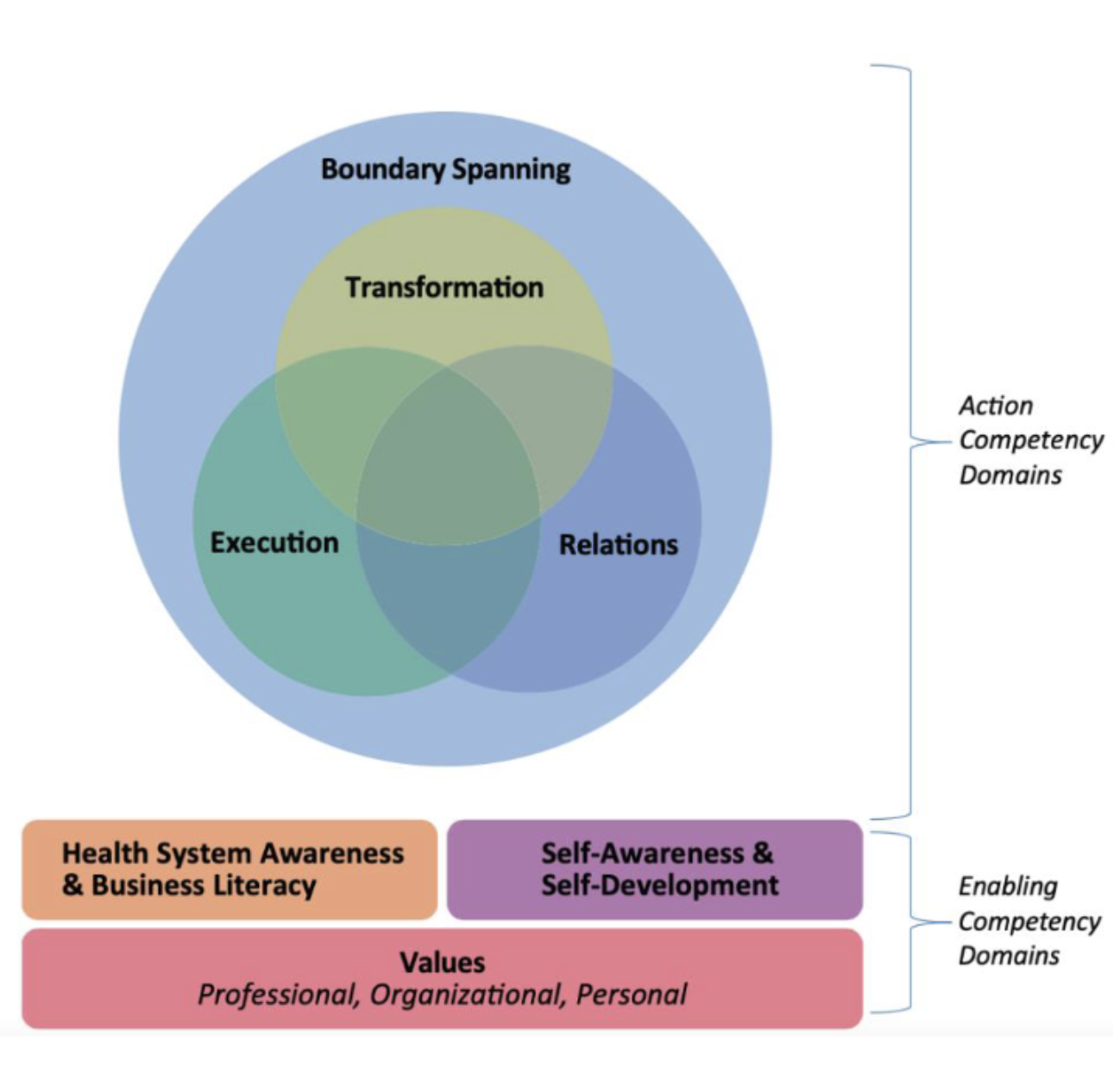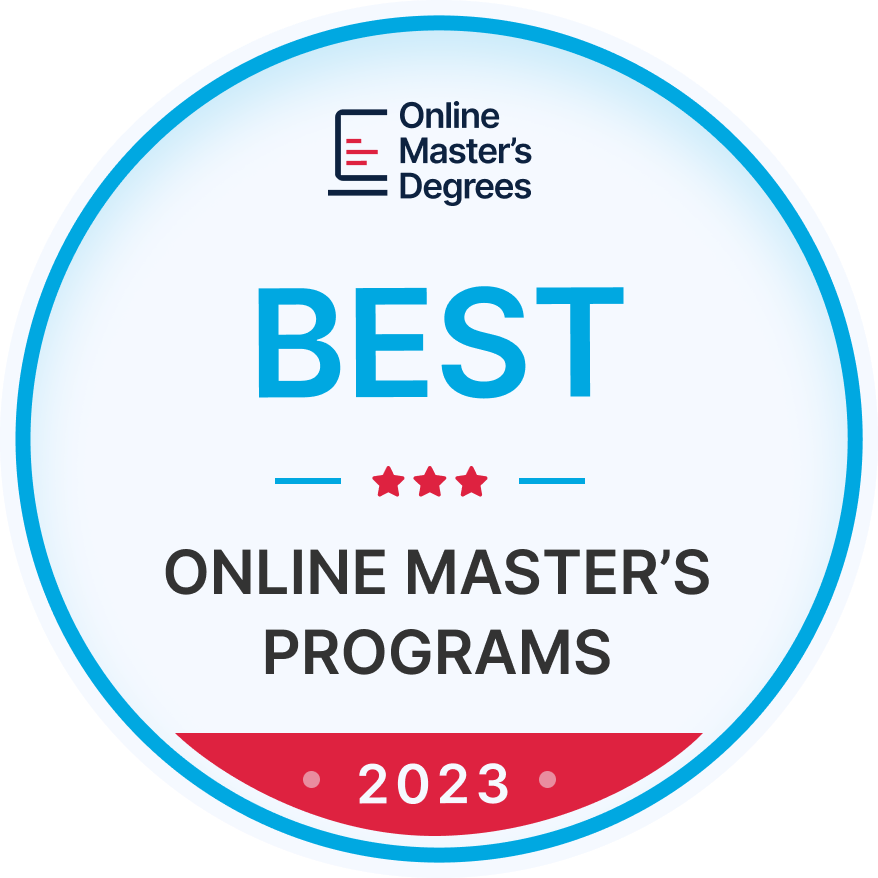The NCHL Health Leadership Competency ModelTM was developed to provide the field with a comprehensive, validated competency model that will be suitable as the foundation for a breadth of leadership assessment and development applications. To ensure relevance to leaders from across disciplines, the Model was developed and validated utilizing interdisciplinary subject matter experts and was refined in collaboration with industrial and educational psychologists. The resulting model has been adapted for use extensively in healthcare settings and is now the leading model in use by accredited graduate programs in healthcare management, according to research conducted by CAHME.
We are pleased to provide you with a revised and revalidated version of our signature interprofessional Health Leadership Competency Model. This new version 3.0 represents the work and input of hundreds of healthcare leaders who volunteered their time to participate in interviews, focus groups, and survey responses as part of the revision and validation process.
The revised model is organized around four “action” domains and three “enabling” domains, which were derived from the current state-of-the-science in leadership development and performance research.

The “action” domains contain competencies relevant to the direct work of leaders on the job. These include: Execution, Relations, and Transformation, which parallel domains from the 2.1 model. Boundary Spanning was added to incorporate recent research in applied settings underscoring the critical importance of leaders’ management interdepartmental and interorganizational relationships. The “enabling” domains involve core professional knowledge and self-awareness competencies that strengthen the effectiveness of the “action” domains. These include: Health System Awareness & Business Literacy, Self-Awareness & Self-Development, and Values. These domains represent the leader in the context of their preparation and development to effectively lead in their organization.
Collectively the model includes 28 core competencies, each with accompanying behavioral descriptions at multiple levels of proficiency. The domain structure is designed to provide a user-friendly guide that can help practitioners first set high-level development priorities, and then select specific competencies to focus on to strengthen their capabilities within that domain.


